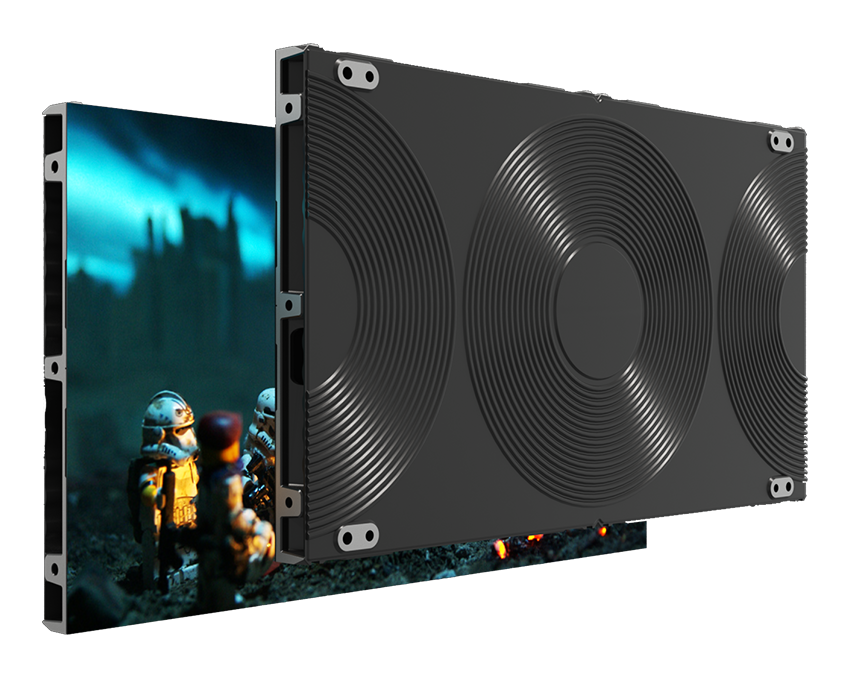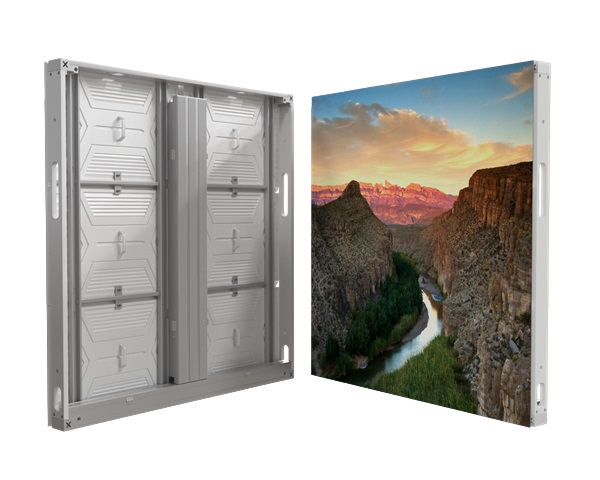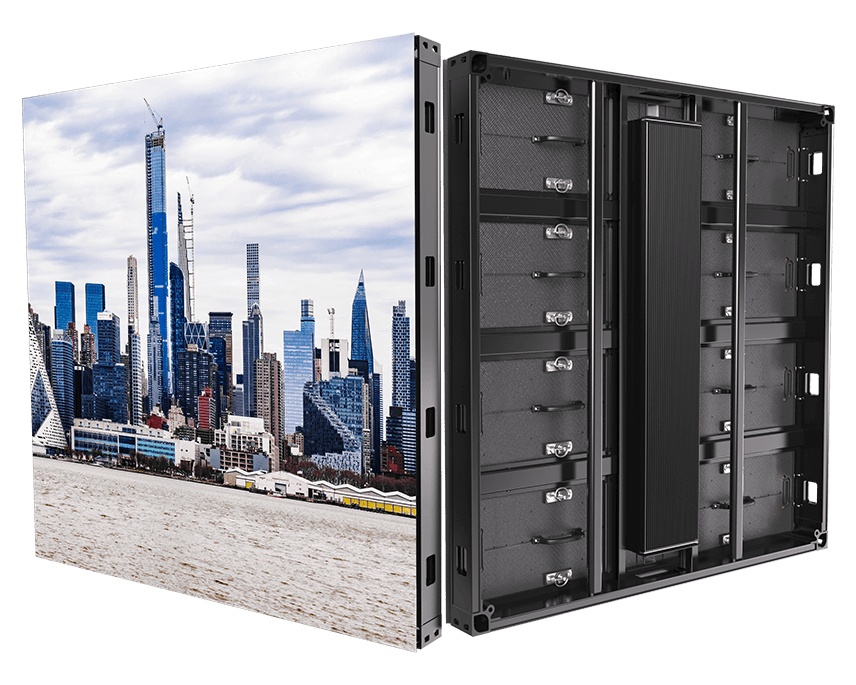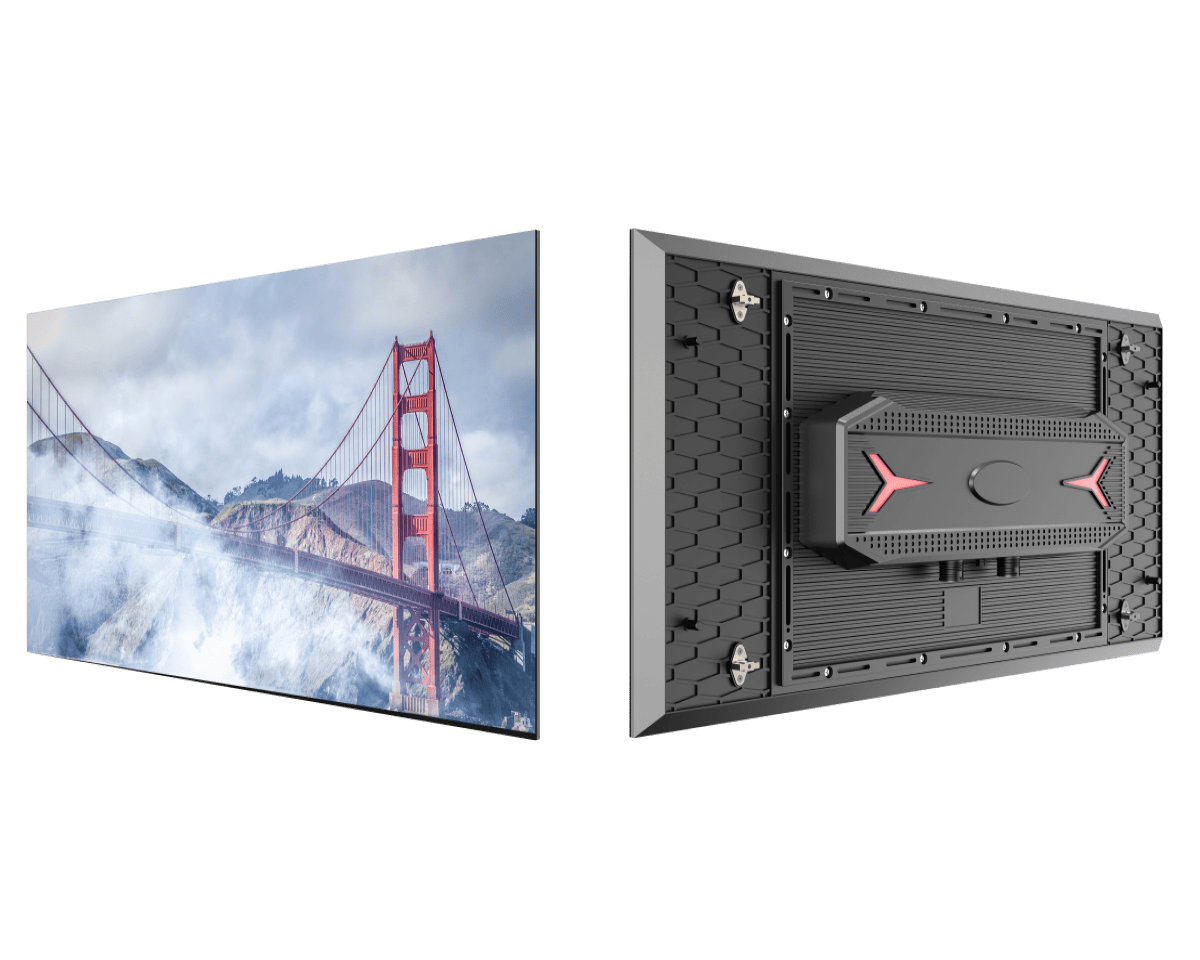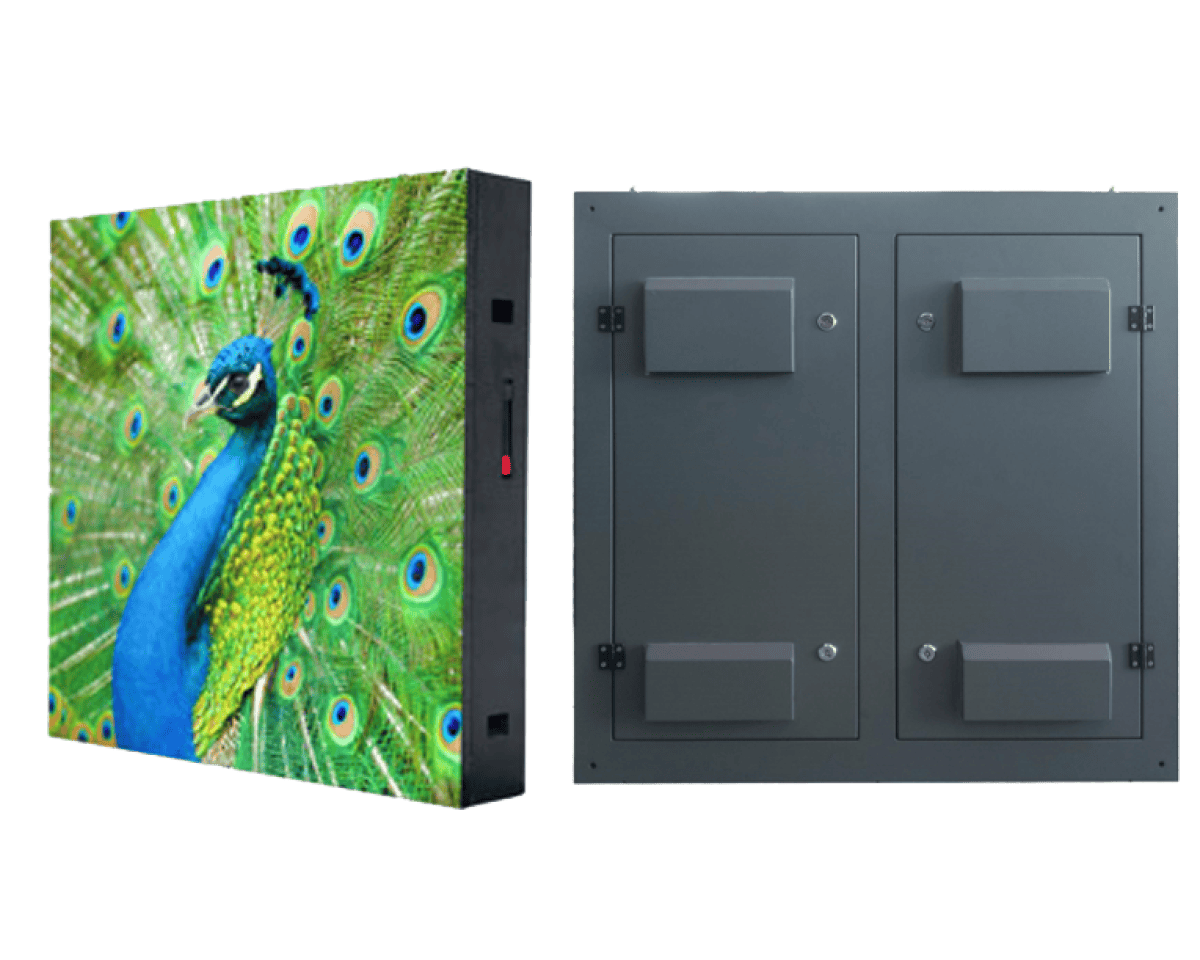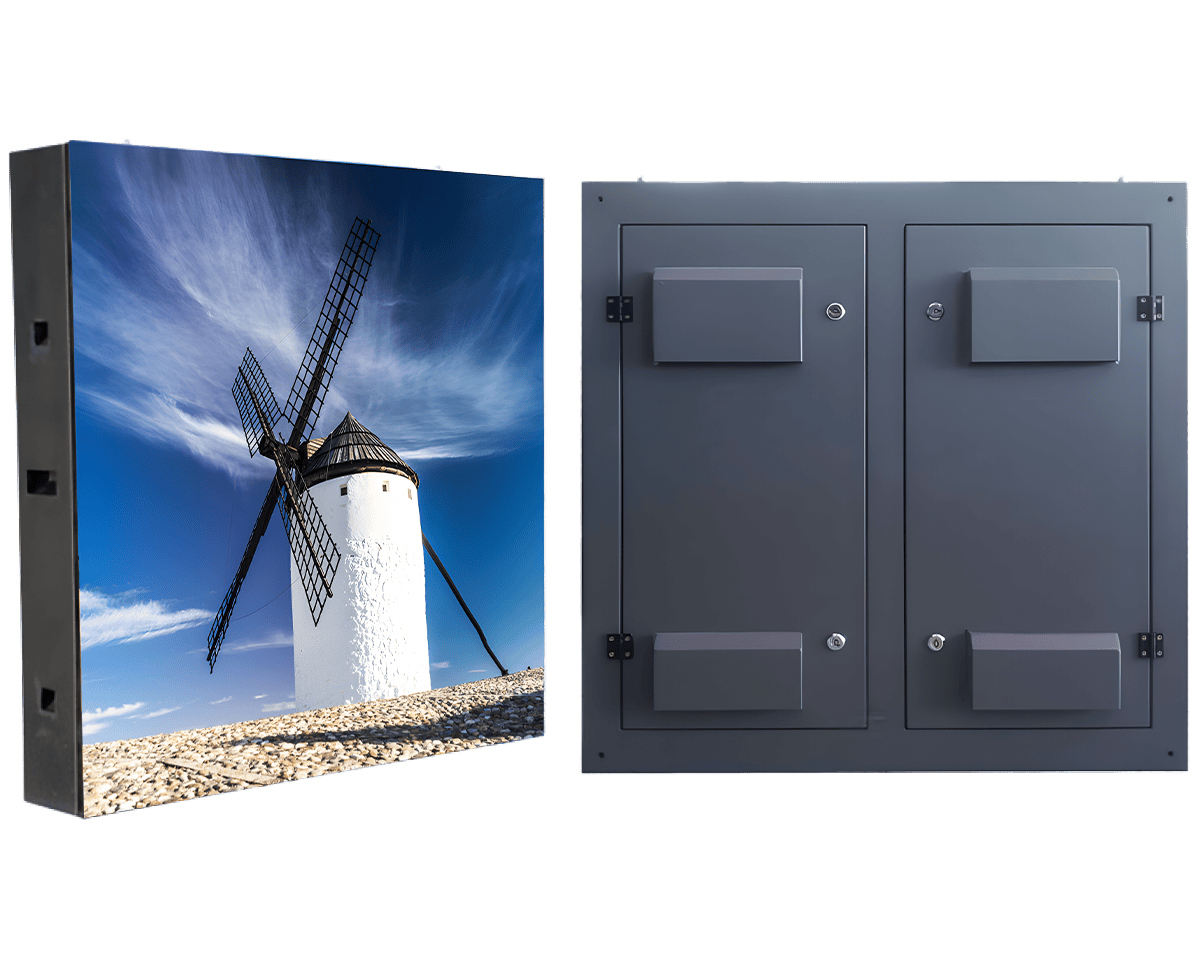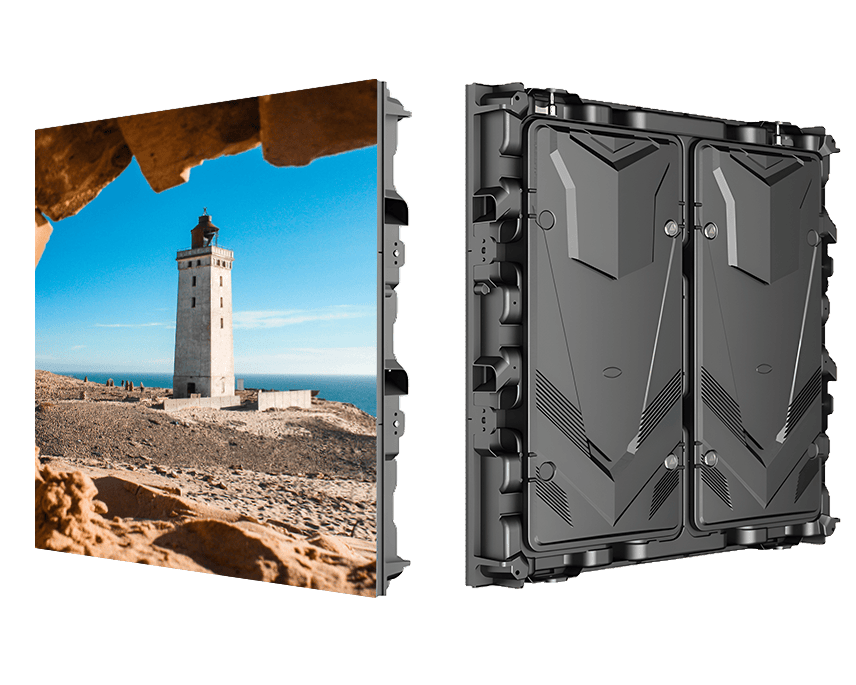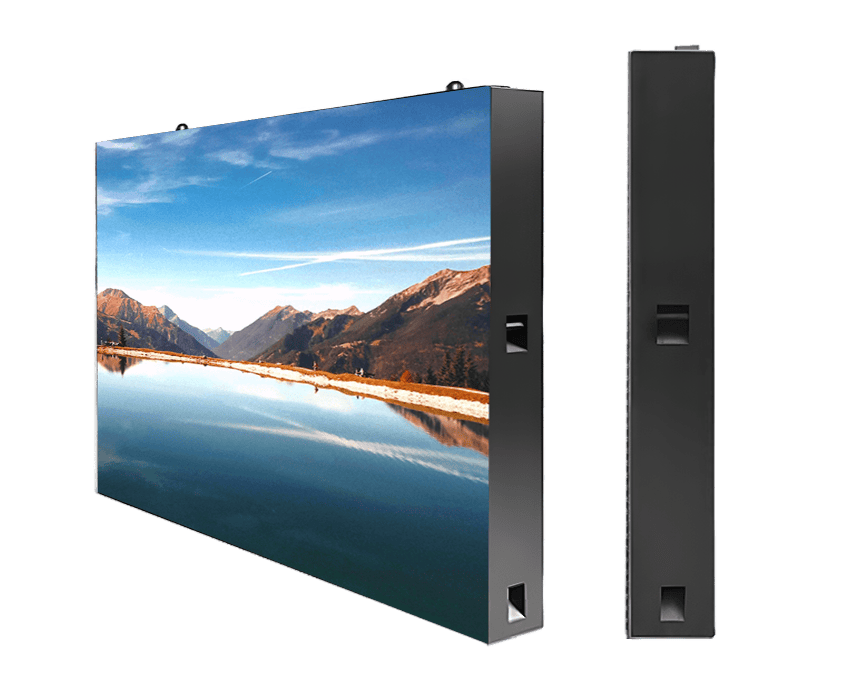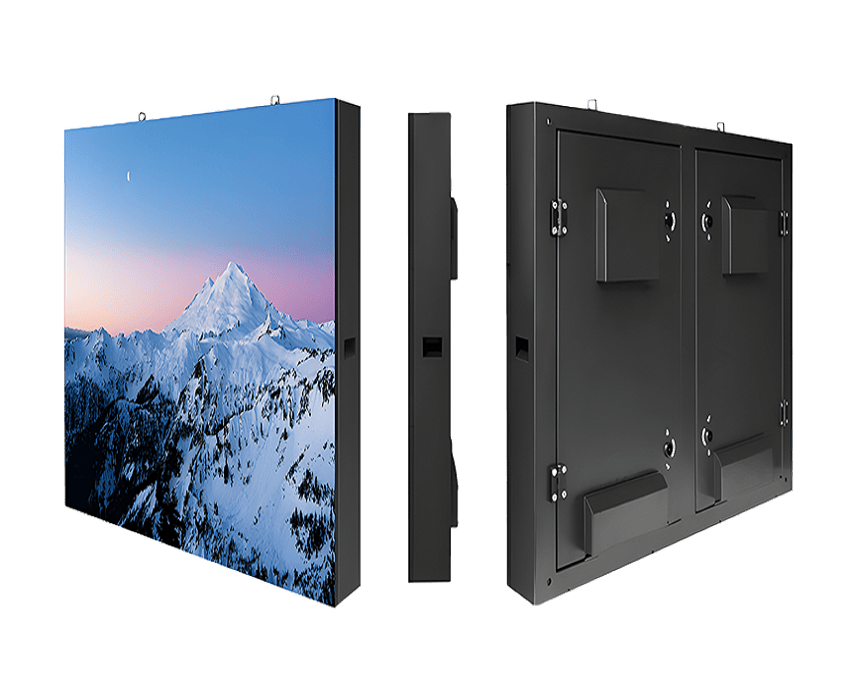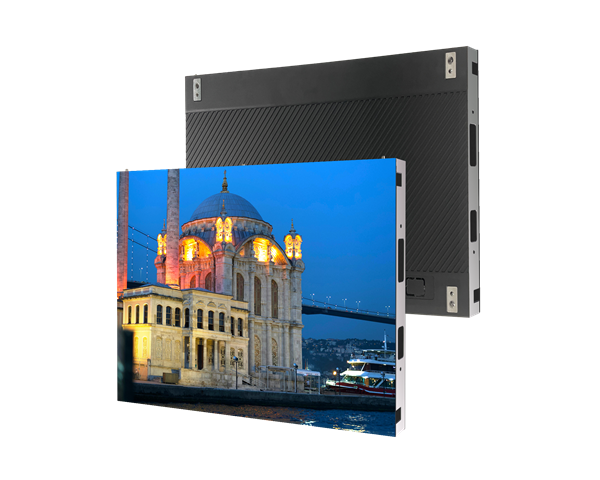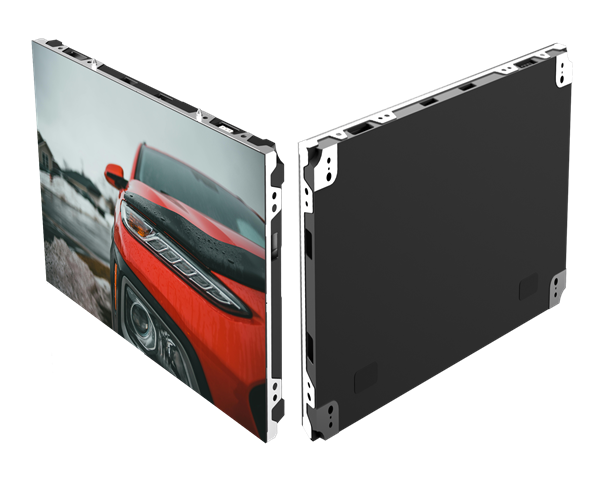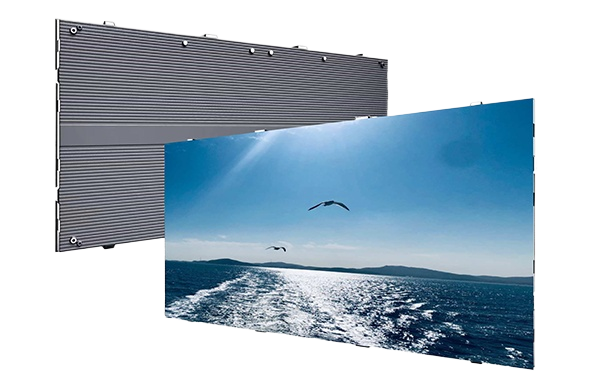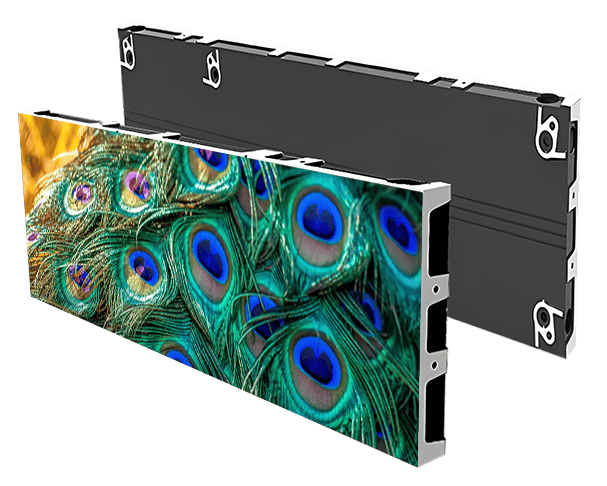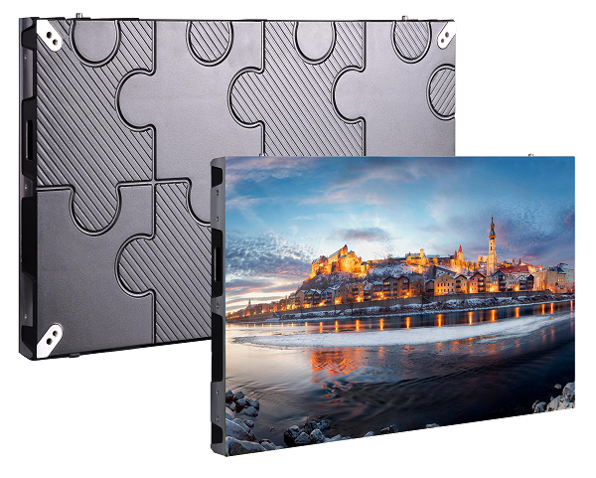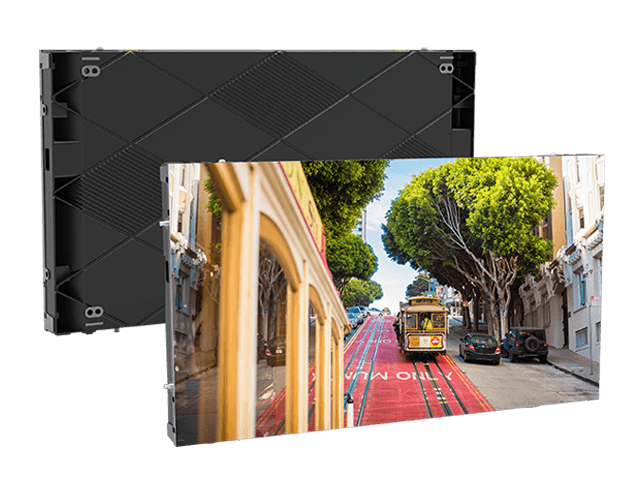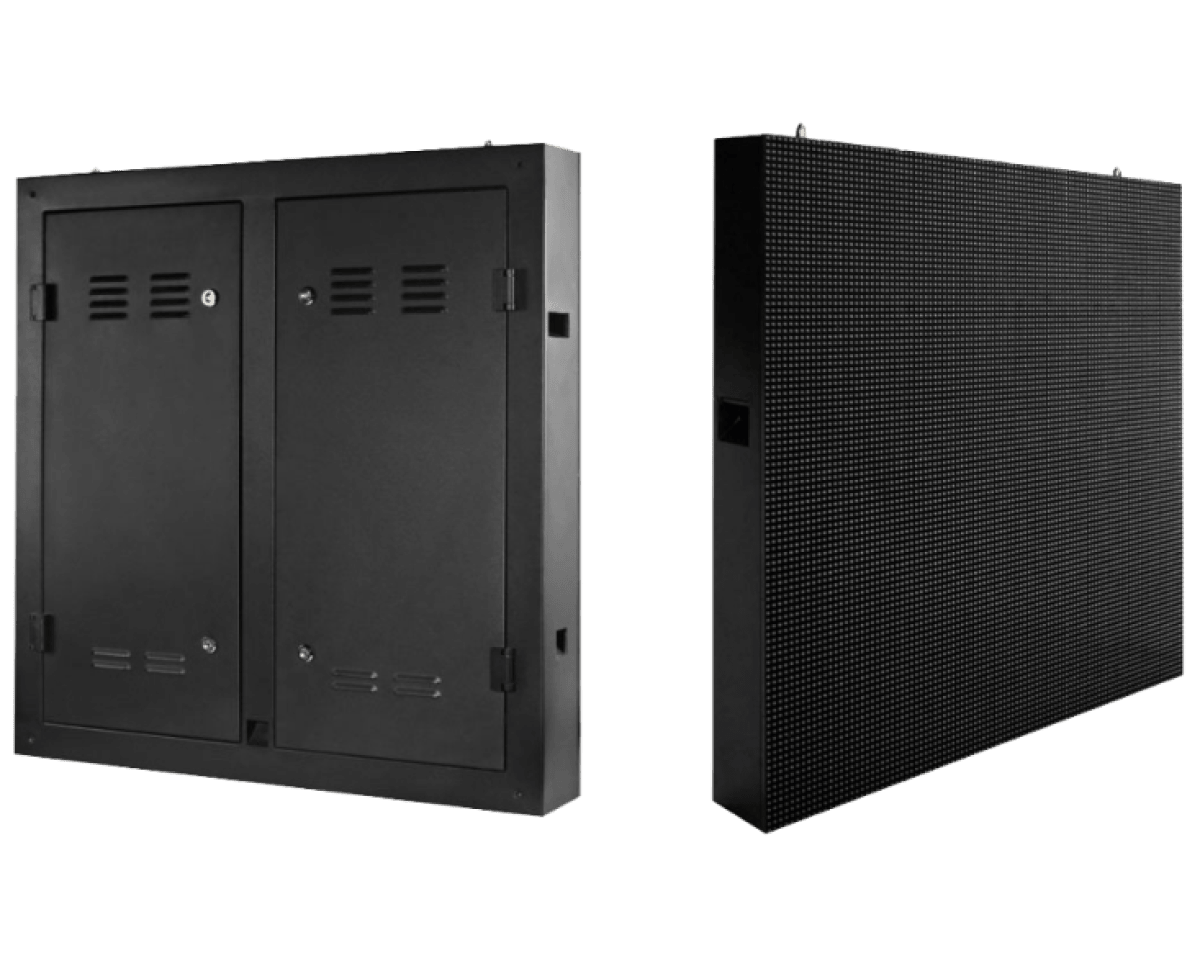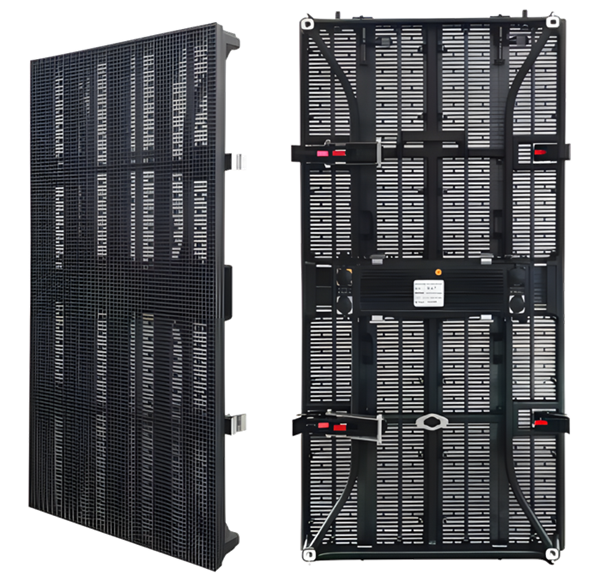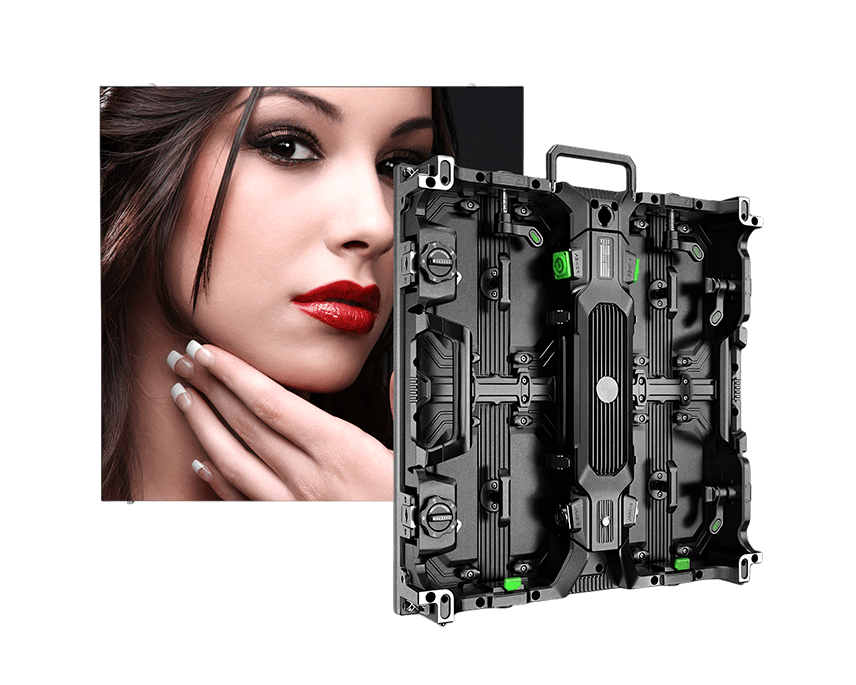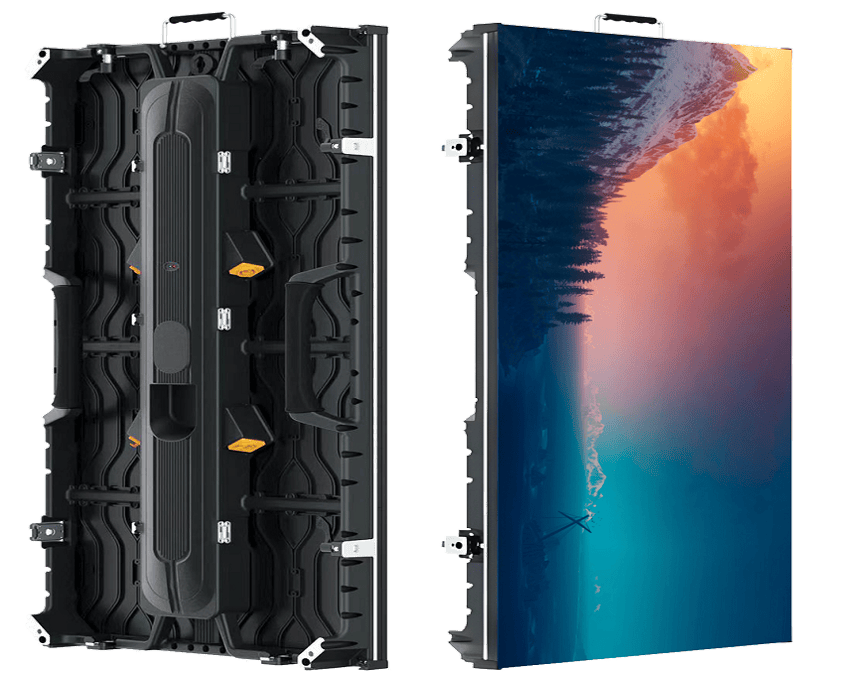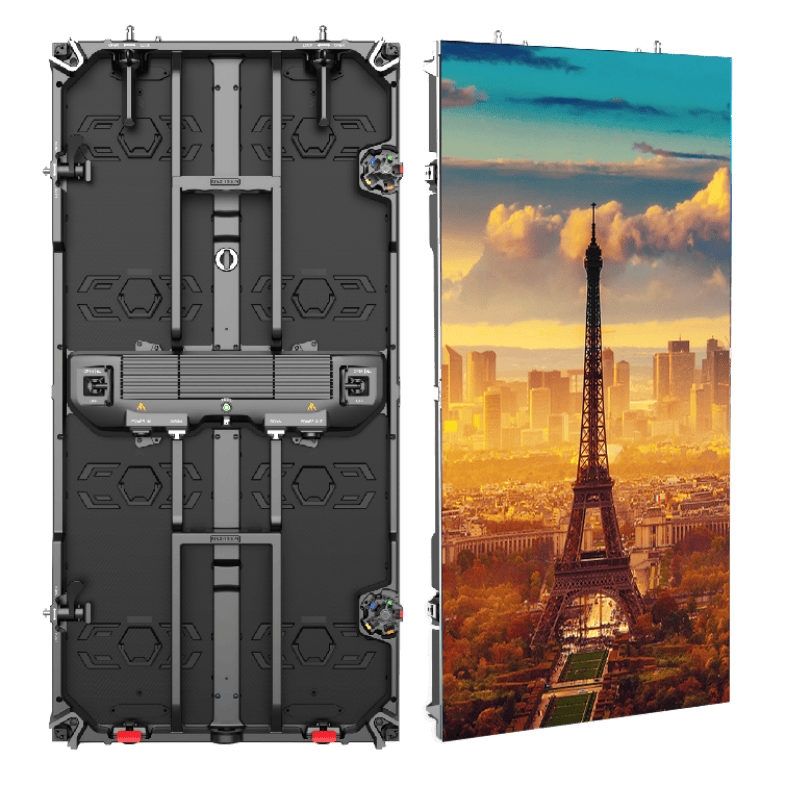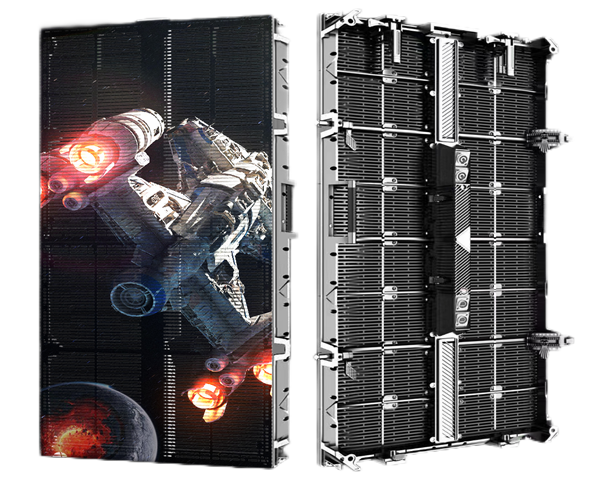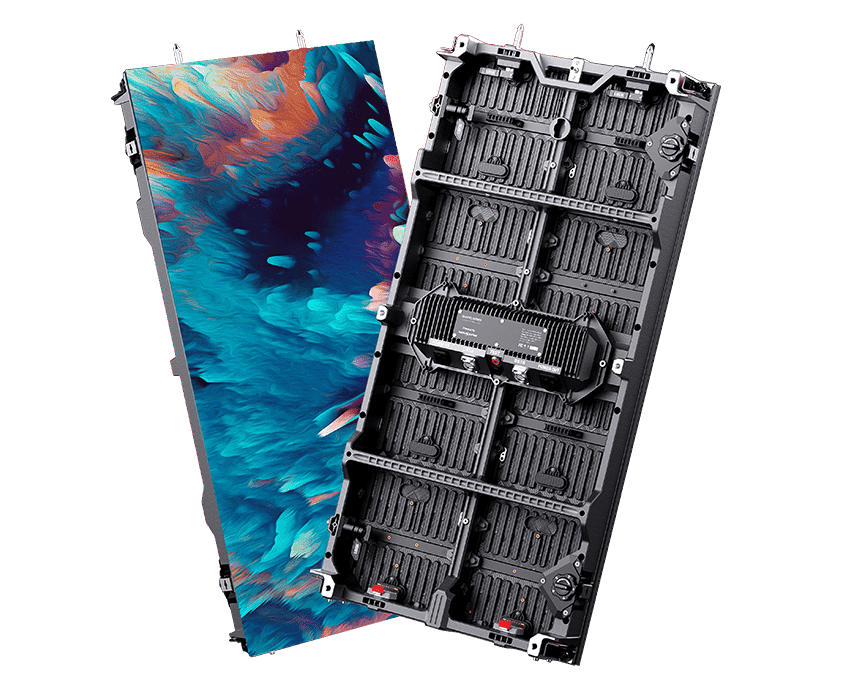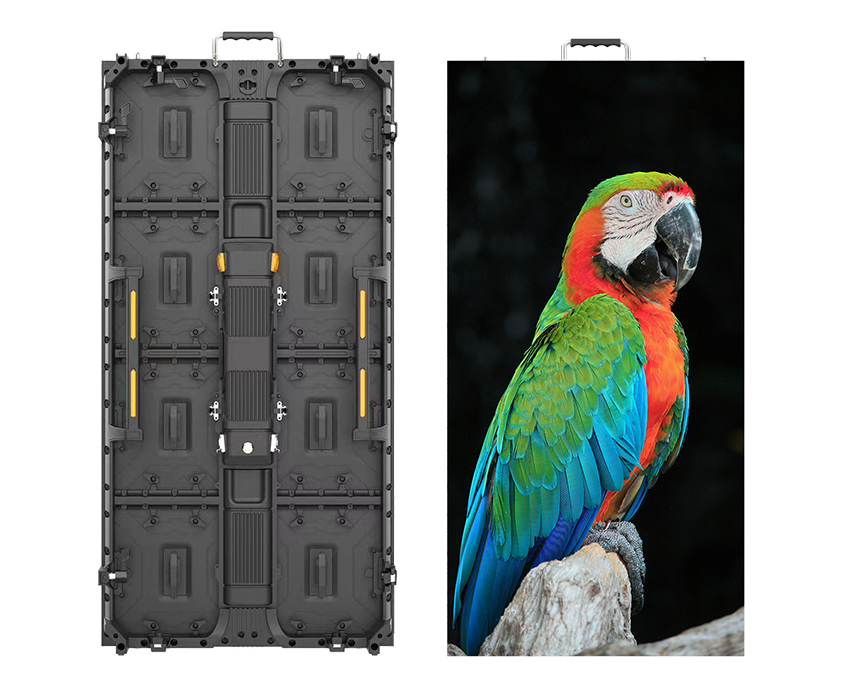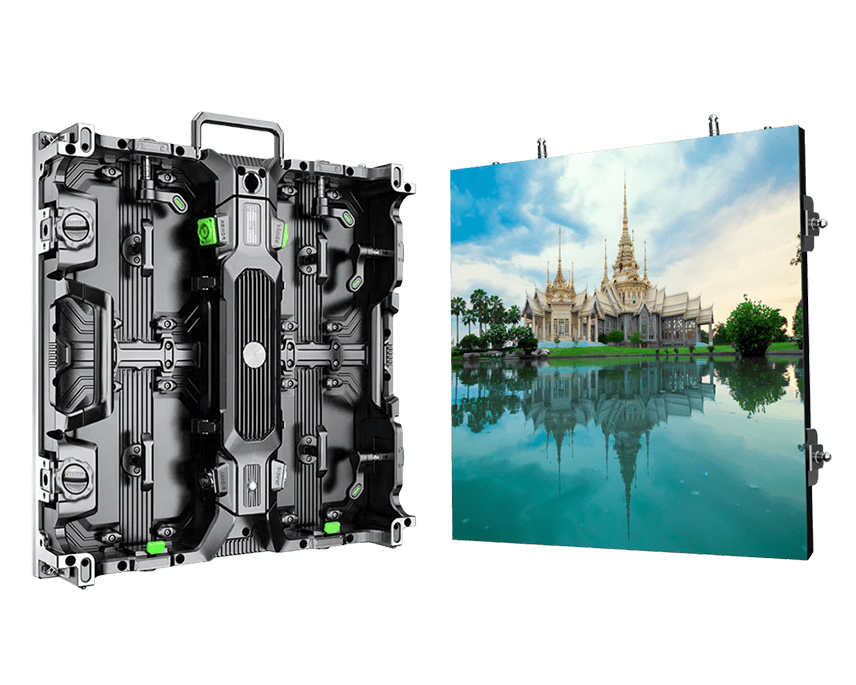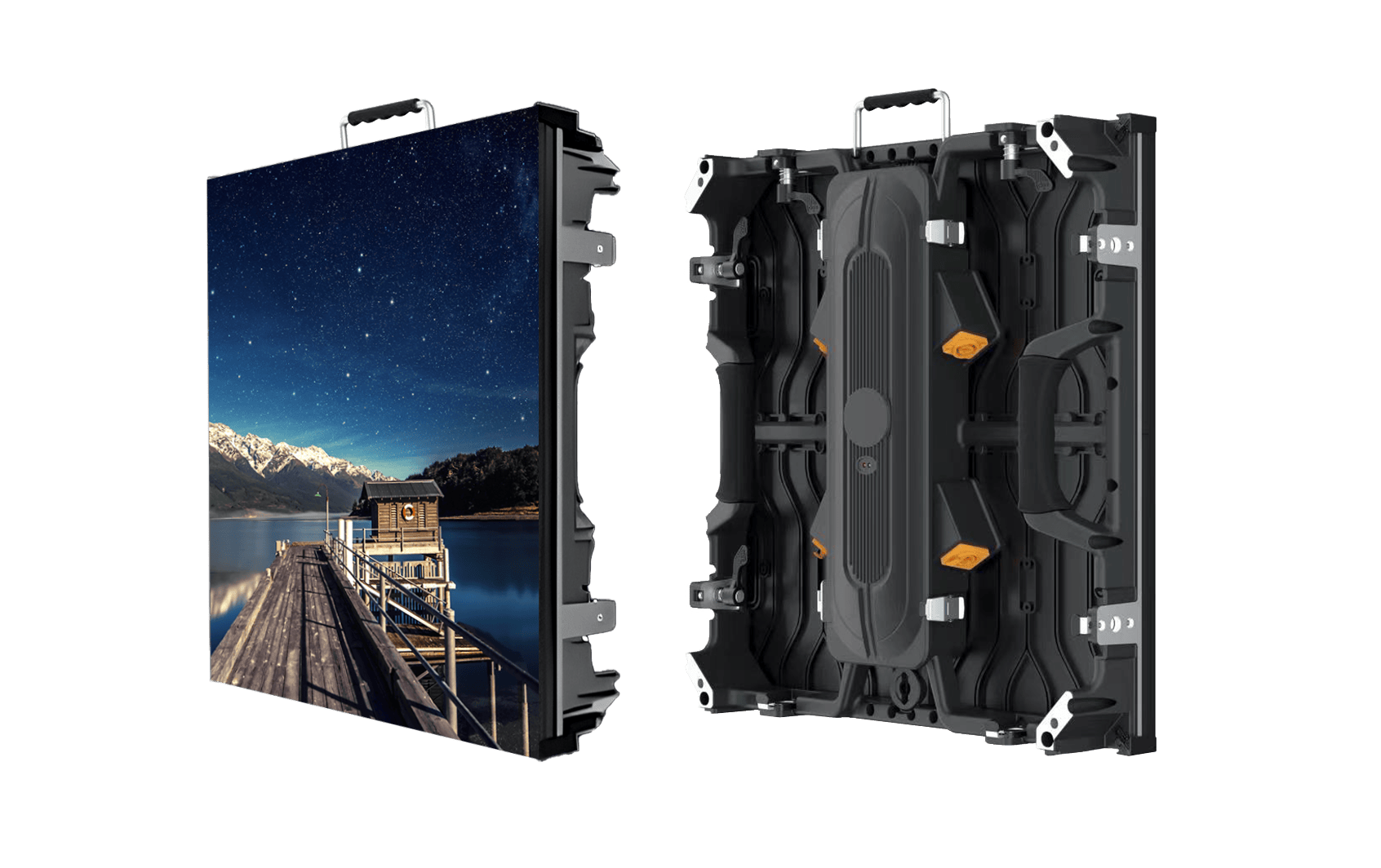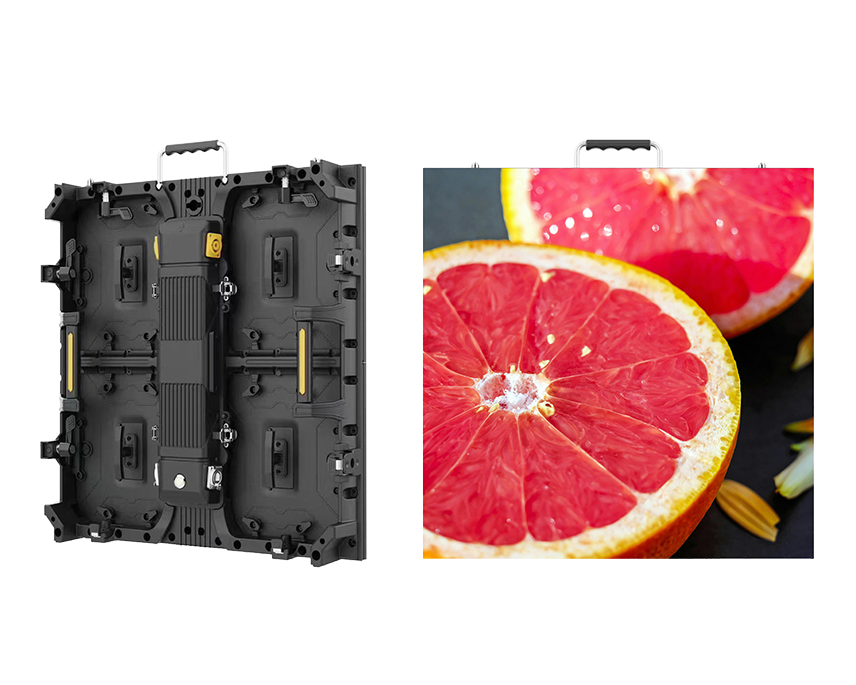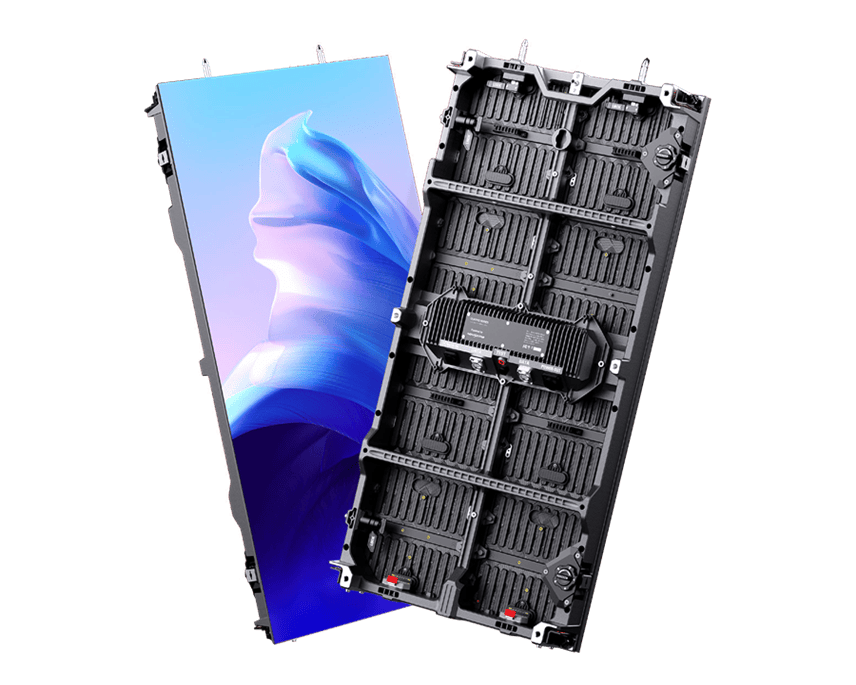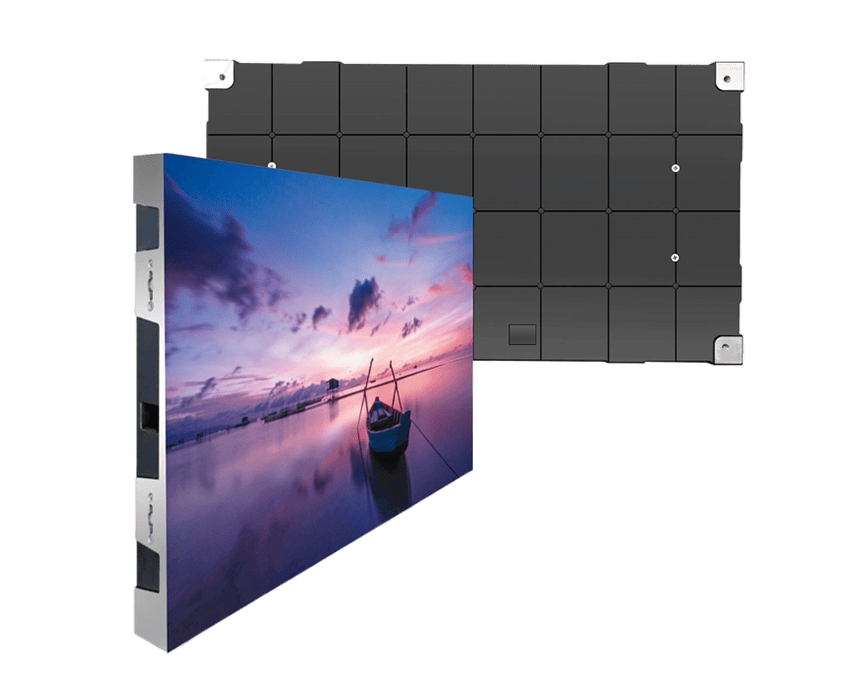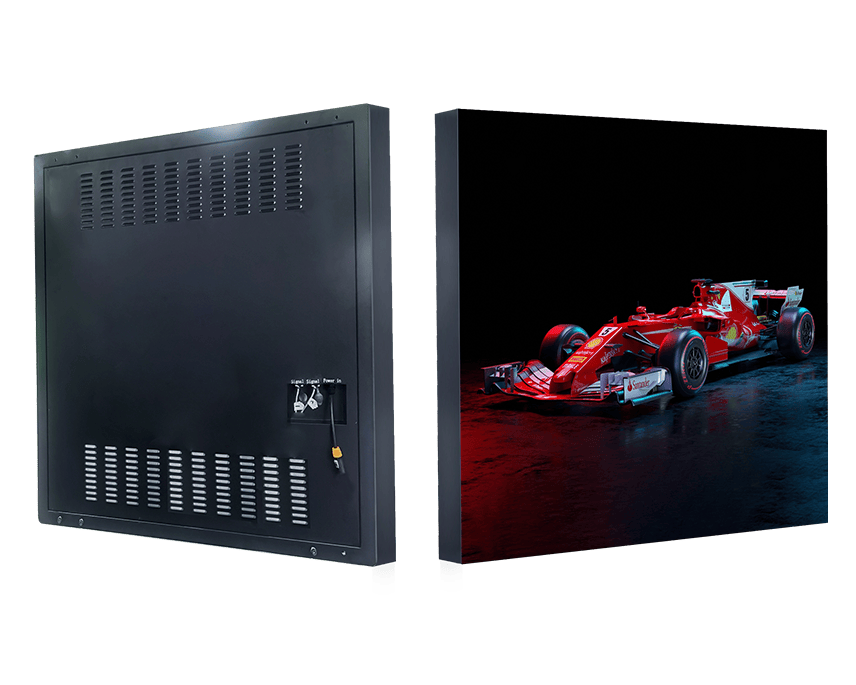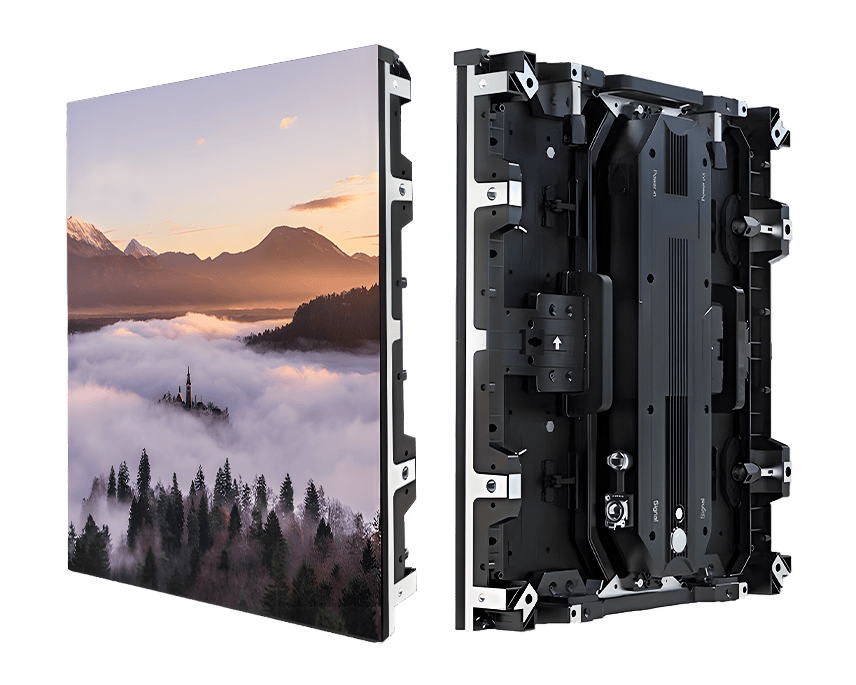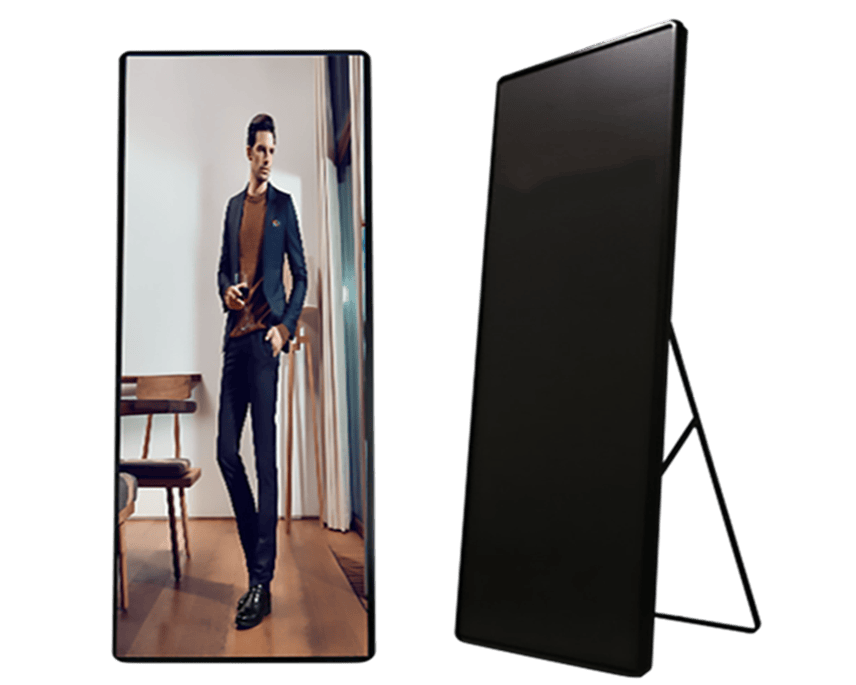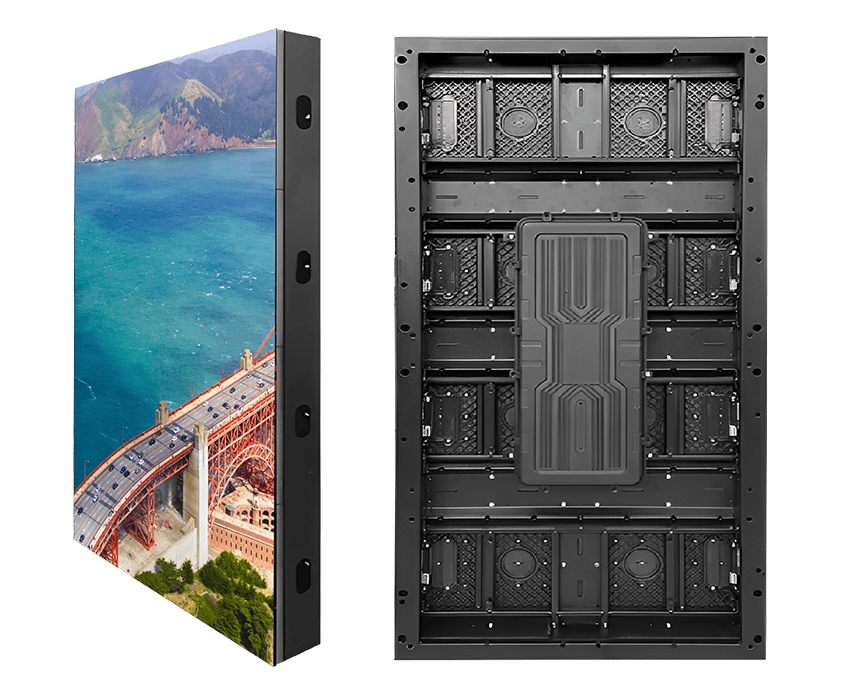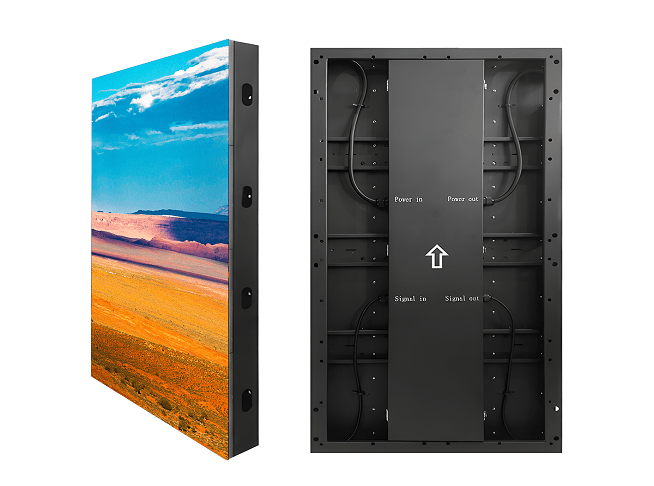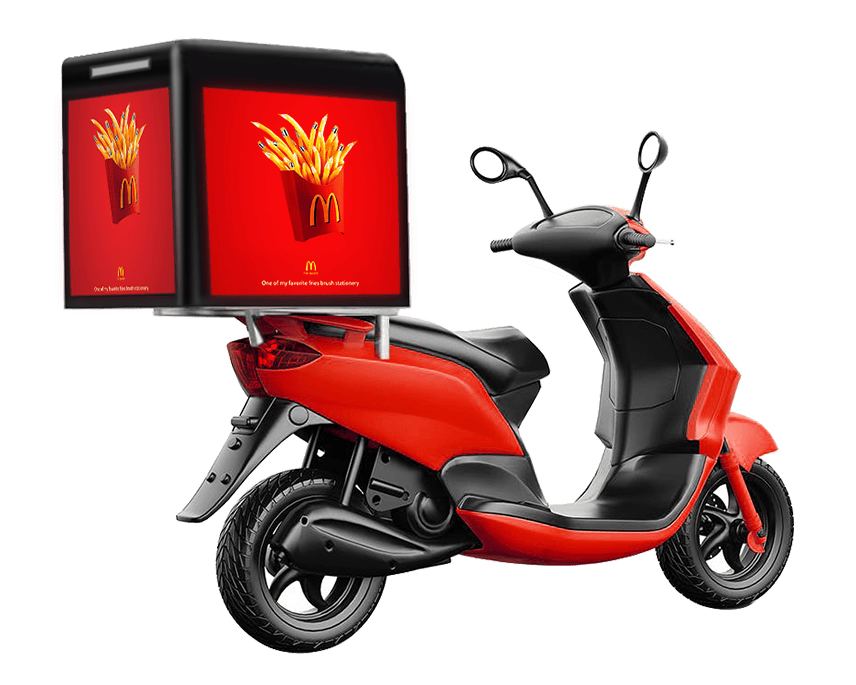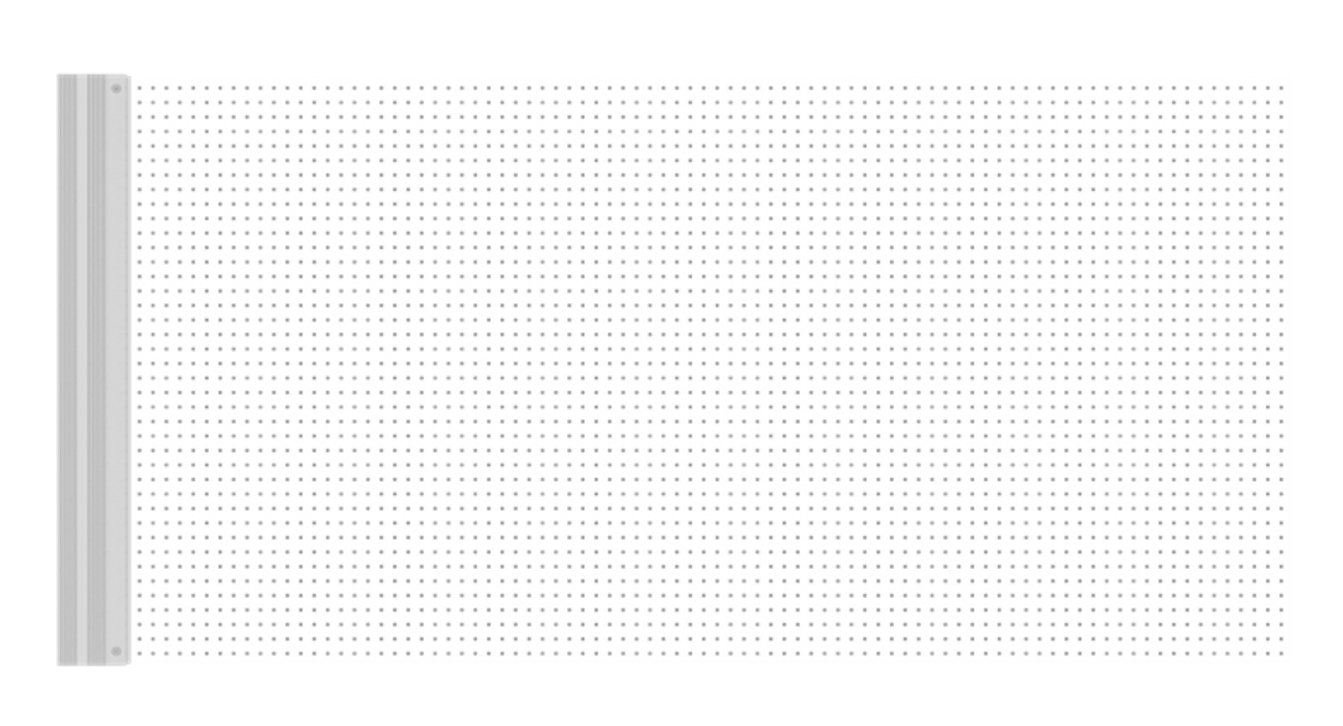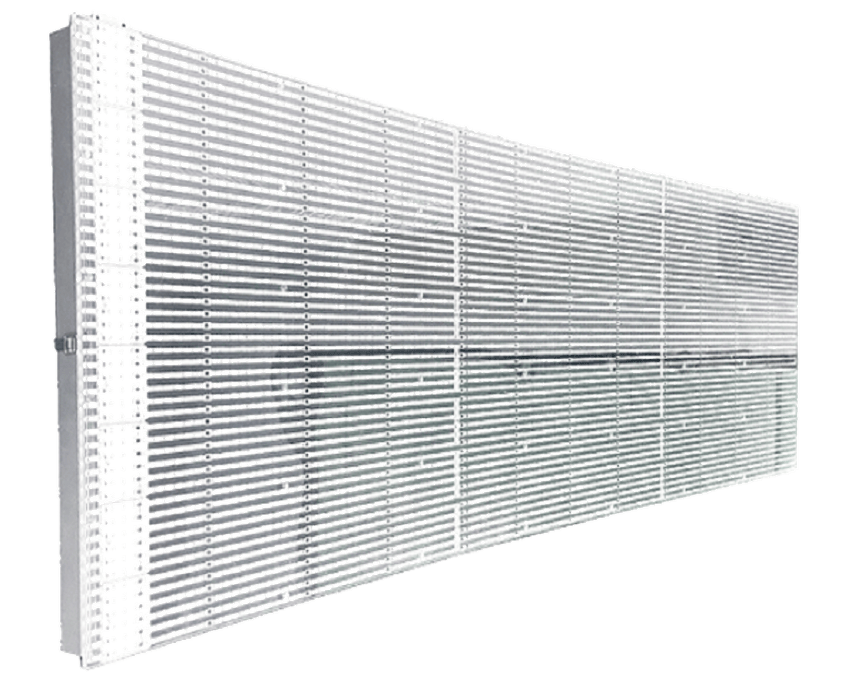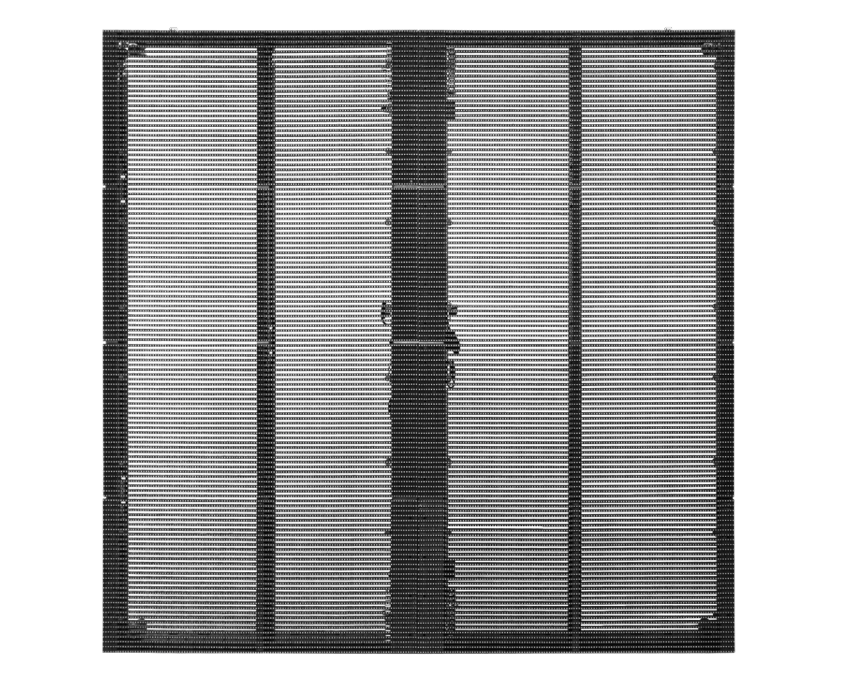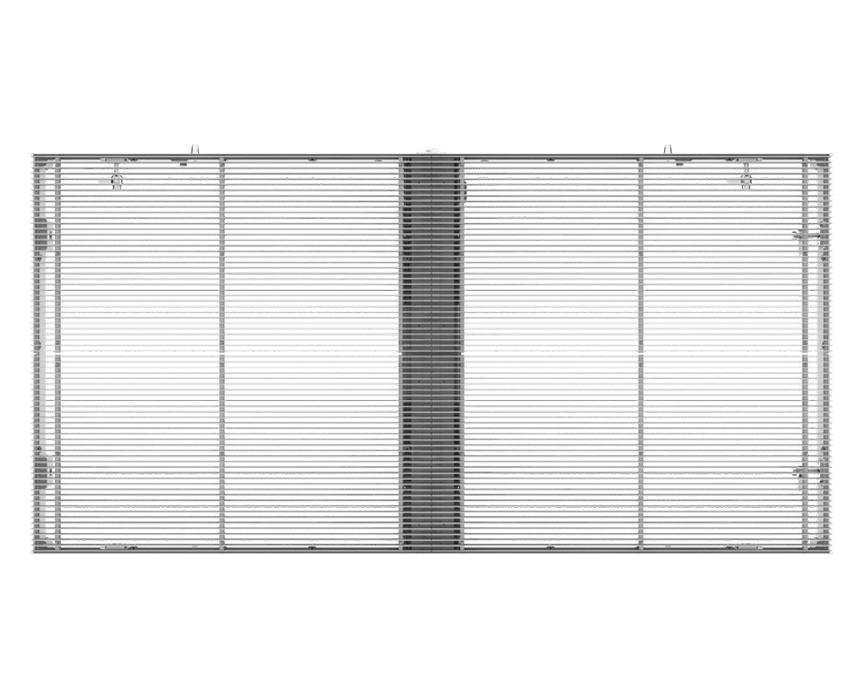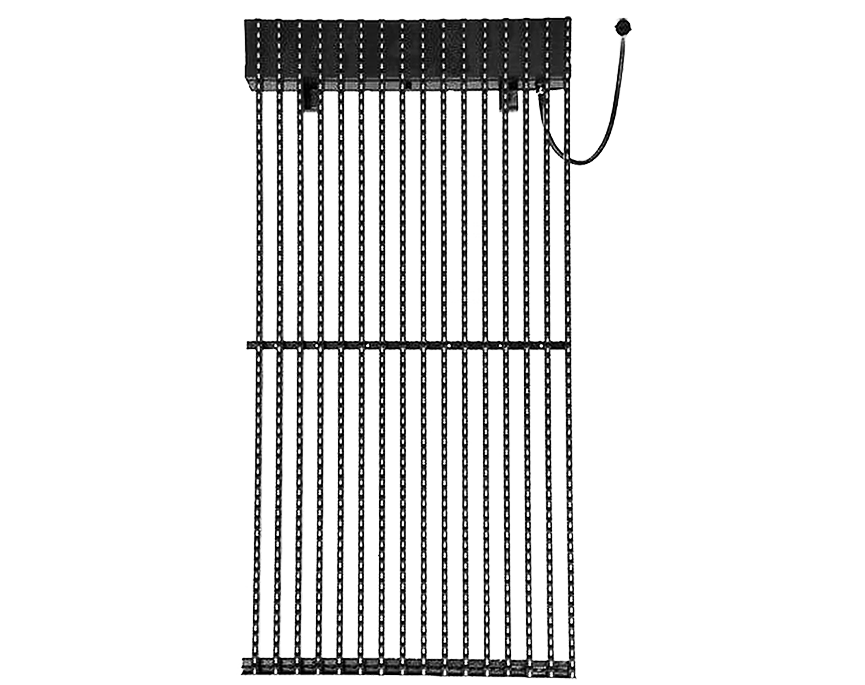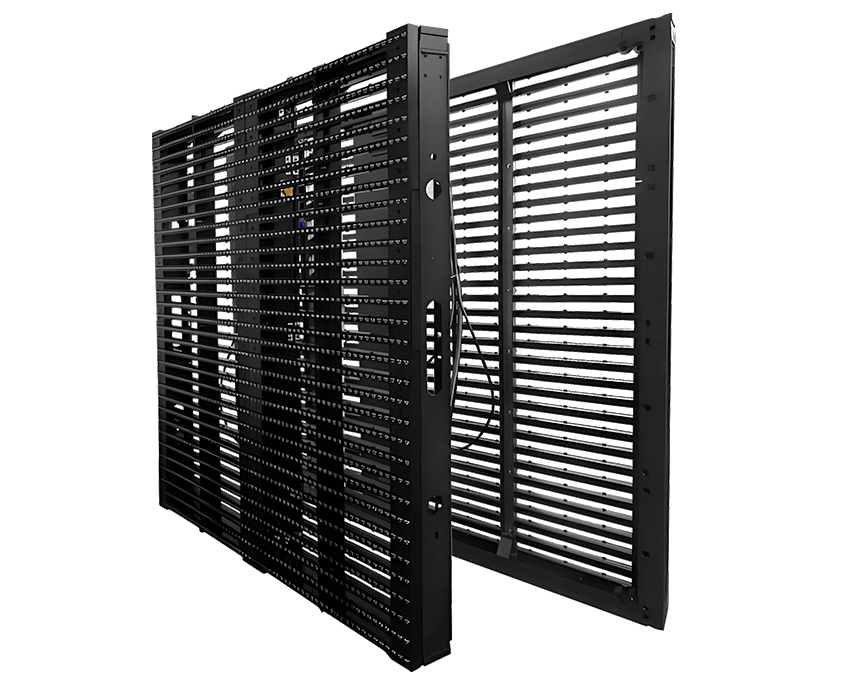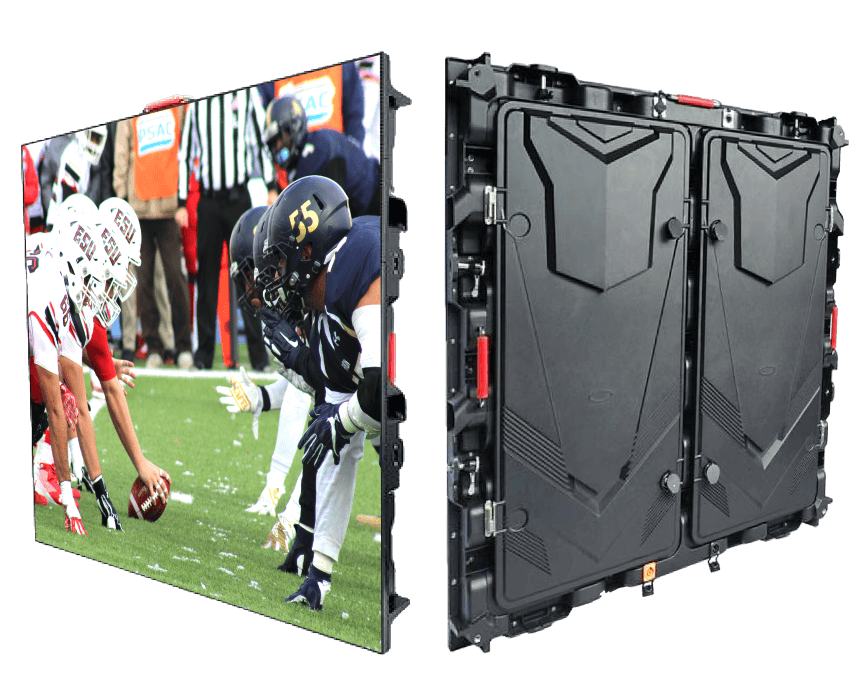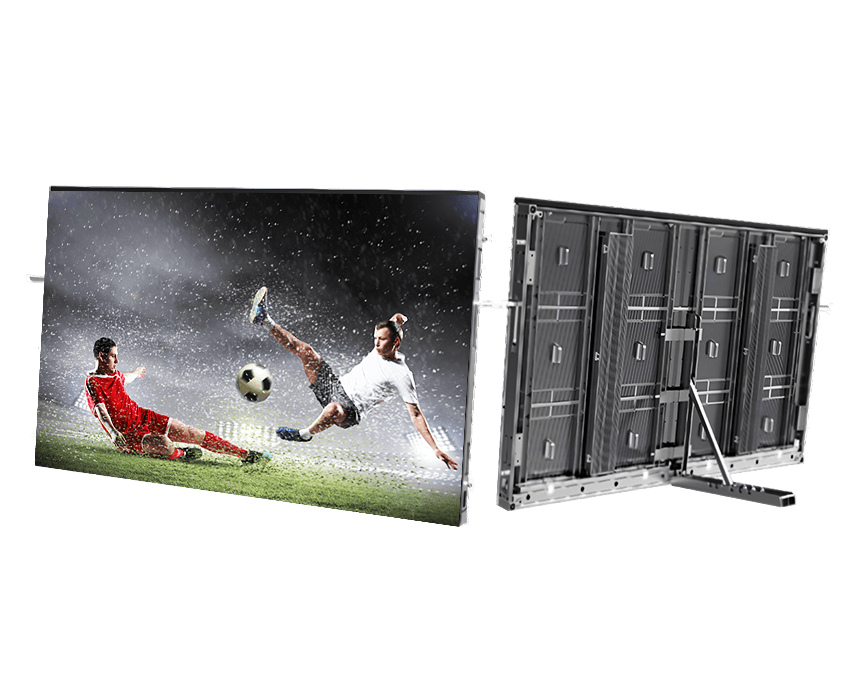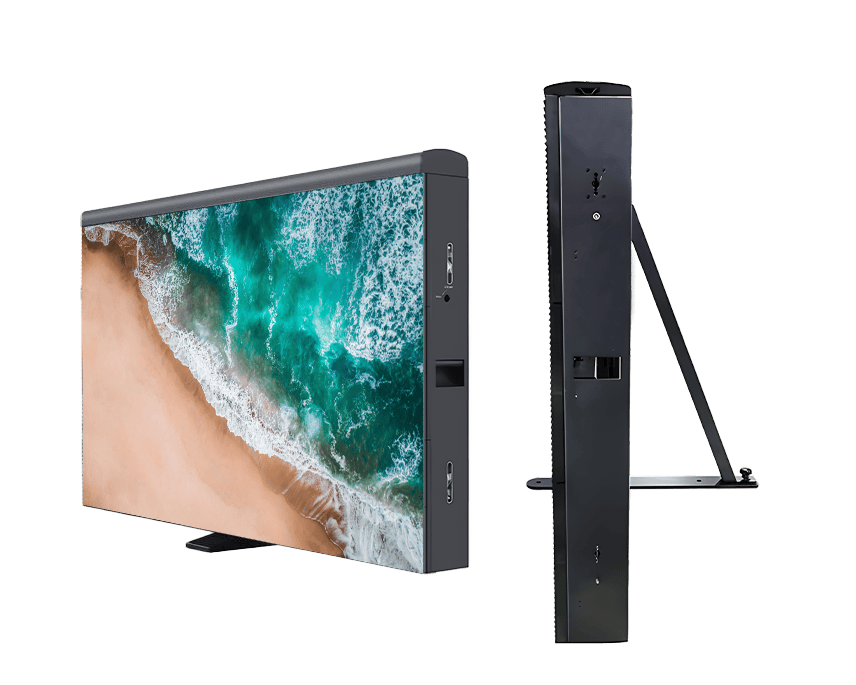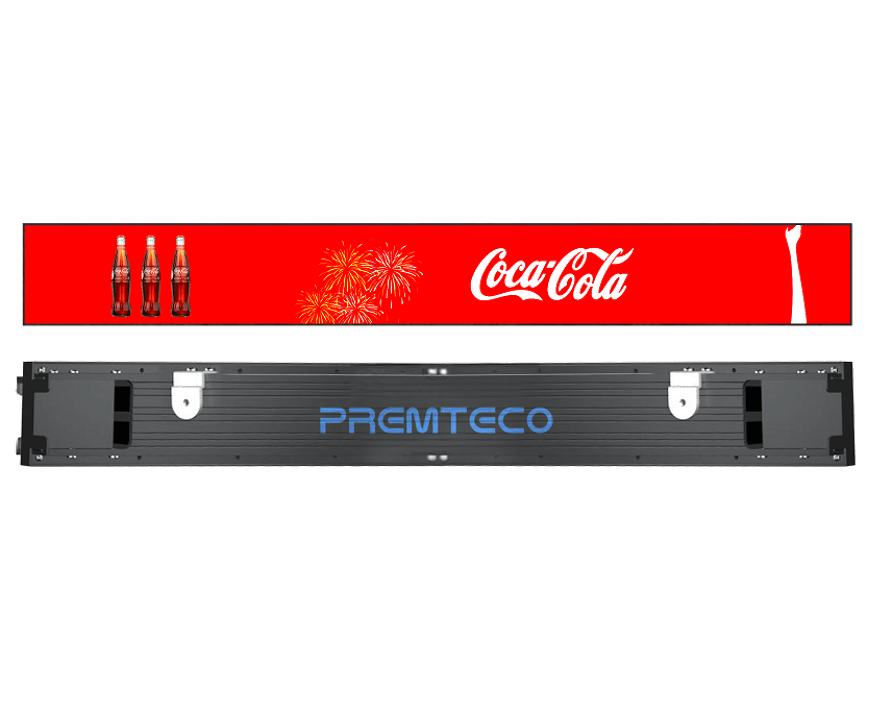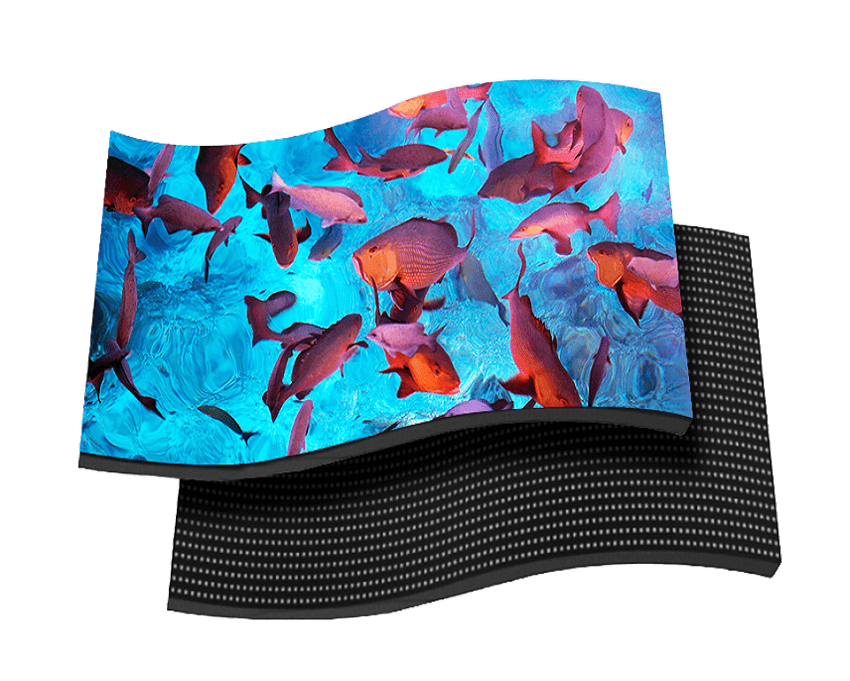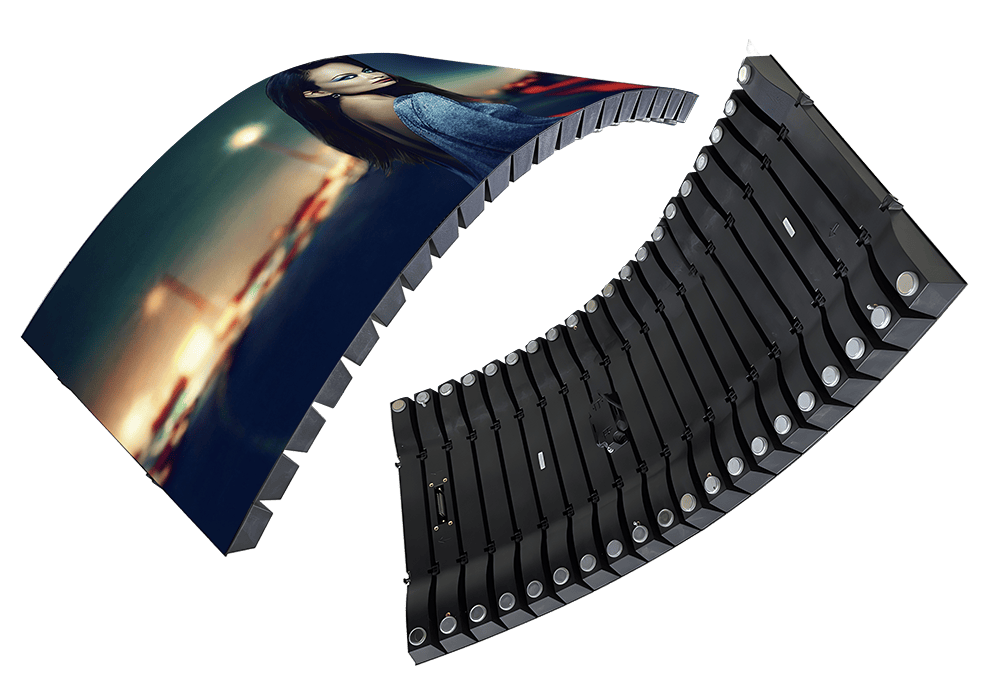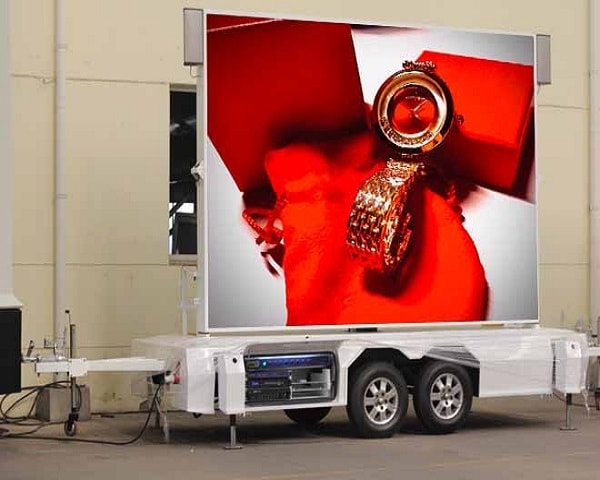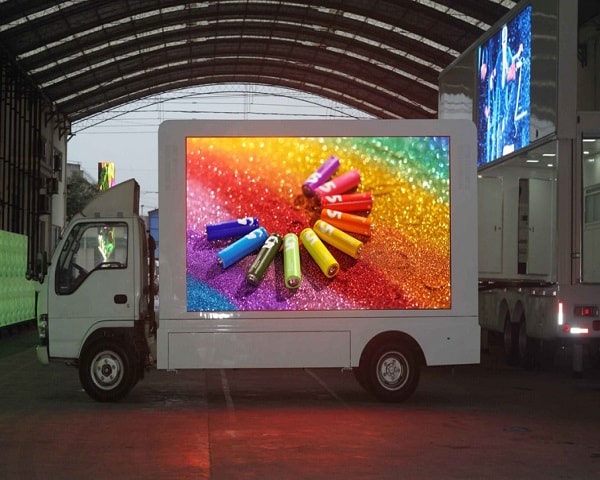LED screens have been a top choice for displaying content indoors and outdoors due to their outstanding clarity and easy setup. Now, the game-changing innovation comes with LED floor screens, seamlessly combining display and interactivity. Imagine stunning visuals and an immersive experience that captivates participants—no wonder cultural events and the entertainment industry are embracing LED floor displays.
These floor LED screens are becoming increasingly popular for engaging target audiences and enhancing performance in the booming entertainment and cultural scenes. If you're new to the world of LED floor screens, you're in the right place. This post breaks down the solutions for you, providing a simple yet thorough analysis. Get ready to explore and apply this technology to exponentially grow your business.
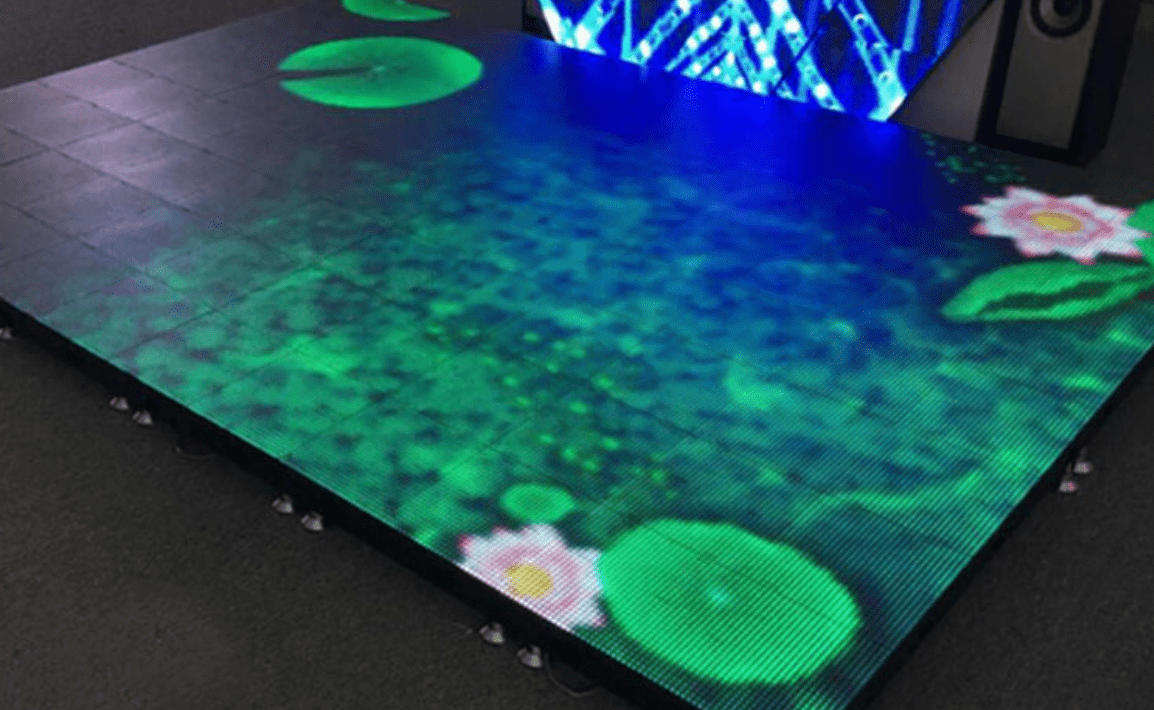
What is Floor LED Display?
A Floor LED Display refers to a type of electronic display system that is designed to be installed on the floor. These displays use light-emitting diodes (LEDs) to create images, text, or video content. Floor LED Displays are commonly used in various settings, such as retail environments, museums, exhibitions, airports, and entertainment venues.
The display panels are typically thin and durable, allowing them to be safely walked on. They can be used to create interactive and engaging experiences, such as interactive floor projections where people's movements trigger visual effects.
How Does Interactive LED Floor Screen Work?
What sets the interactive LED floor screen apart is its ability to introduce induction interaction. This is made possible by a sophisticated built-in sensing system. This system plays a pivotal role in detecting and responding to the trajectories of people's movements.The interactive LED floor screen operates through three key components: signal acquisition, signal processing, and imaging and interaction.
Signal Acquisition
When someone steps on the LED floor screen, the system's infrared sensor, pressure sensor, and imaging device collaborate in real-time. They work together seamlessly to capture the precise movement of the target object.
Signal Processing
The captured information undergoes real-time analysis within the interactive LED floor display system. Subsequently, the processed data is swiftly sent back to the master controller. This master controller then interfaces with the virtual scene system, managing the intricate flow of information.
Imaging and Interaction
During this phase, the interactive LED floor screen system deploys predefined interactive materials, display devices, and auxiliary tools like media controllers. Through logical judgment, animated images materialize at the specific location of the target object. This process results in a closely integrated real-time interactive experience, forging a dynamic connection between participants and the LED screen floor.
Features of Led Floor Screen
LED floor screens represent a fusion of technology and creativity, bringing forth a new era of visual engagement. With interactive capabilities, high-resolution visuals, durability, and adaptability, these screens redefine the way we perceive and interact with displays.
Interactive Capabilities
The standout feature of LED floor screens lies in their interactive capabilities. These displays are equipped with sensors that respond to touch, motion, and pressure. These tracking sensors are calibrated to the floor surface on a regular basis. Traditional LED displays and projectors lack the interactive charm of the floor, as they are limited to playing fixed pictures in accordance with predetermined content, missing out on the dynamic engagement offered by interactive LED floor screens.
Load-bearing Performance
The interactive LED floor screen boasts a powerful load-bearing performance up to 2T/m², allowing it to withstand substantial weight and pressure of many people and vehicls. This feature ensures durability and safety, making the screen suitable for high-traffic areas and various applications. Whether supporting the weight of individuals or interactive elements, the robust load-bearing capability adds a level of reliability to the screen's overall functionality.
Easy Maintenance
Keep it hassle-free. The modular design of LED floor screen panels allows for easy maintenance. With advancements in LED technology, these displays boast energy efficiency and reduced maintenance costs.
Customizable Content
Tailor your message. LED floor screens offer the flexibility of customizable content. Advertisers can create dynamic promotions, while event organizers can adapt content to suit different themes. Real-time adaptability adds a dynamic touch.
Applications of Floor LED Screens
Floor LED screens have a wide range of applications beyond their use in exhibitions and entertainment venues. Here are further applications of floor LED screens:
Retail Environments
Floor LED screens can be used in retail stores to attract customers' attention to specific products or promotions. They can create interactive shopping experiences by displaying product information or guiding customers to different sections of the store.
Museums and Cultural Centers
Museums and cultural centers can use floor LED screens to enhance visitor experiences. These screens can display informative content about exhibits, provide wayfinding instructions, or even create immersive displays that complement the exhibits themselves.
Airports and Transportation Hubs
In airports and transportation hubs, floor LED screens can serve as informative displays. They can show flight information, directions to various gates or facilities, and safety messages. Interactive floor screens can engage passengers while they wait.
Trade Shows and Conventions
Floor LED screens are commonly used in trade shows and conventions to showcase products or company information. They can make booth displays more eye-catching and interactive, helping companies stand out in a crowded exhibition hall.
Hospitality Industry
Hotels and resorts can use floor LED screens in their lobbies or common areas to welcome guests or provide information about services and amenities. These screens can also be used for branding and advertising.
Healthcare Facilities
In healthcare settings, floor LED screens can be used for wayfinding, appointment reminders, and educational purposes. They can help create a more comfortable and informative environment for patients and visitors.
Theme Parks and Entertainment Centers
Theme parks and entertainment centers can use floor LED screens to enhance the overall experience. Interactive floor displays can be integrated into rides and attractions, providing an element of gamification and engagement.
Educational Institutions
Educational institutions, such as schools and universities, can use floor LED screens for interactive learning experiences. These screens can be used in classrooms or interactive labs to engage students in various subjects.
Corporate Events and Conferences
During corporate events and conferences, floor LED screens can be used for presentations, branding, and interactive activities. They can be integrated into stage designs or used as part of trade show booths.
Sports Arenas and Stadiums
In sports venues, floor LED screens can add excitement to events. They can display team logos, animations, and interactive games during halftime or breaks, enhancing the fan experience.
Outdoor Public Spaces
Some cities use floor LED screens in outdoor public spaces like town squares or pedestrian areas. These screens can display art, cultural information, or announcements, making these spaces more dynamic and engaging.
Gaming and Entertainment Zones
In gaming arcades or entertainment zones, floor LED screens can be incorporated into interactive games or experiences, creating an immersive environment for visitors.
These diverse applications demonstrate the versatility and impact of floor LED screens in various industries and settings, where they not only convey information but also enhance engagement and create memorable experiences for audiences.
How to Install Interactive LED Dance Floor Panels?
The installation process for an LED floor screen is relatively straightforward and follows these steps:
1.Measure and Designate the Installation Location
The first step in installing a floor LED screen is to carefully measure and designate the installation location. This includes determining the dimensions of the area where the LED screen will be placed. Precise measurements are essential to ensure that the screen fits perfectly and aligns with the designated space.
2.Install the Supporting Structure
Once the installation location is determined, a supporting structure is installed. This structure serves as the foundation for the LED screen and ensures stability. The type of supporting structure can vary depending on the specific requirements of the installation, but it typically consists of steel or aluminum framework.
3.Set Up an Underground Ventilation System
Proper ventilation is essential to prevent overheating of the LED screen and other electronic components. An underground ventilation system is set up beneath the screen's location to facilitate air circulation. This system helps dissipate heat generated during operation, ensuring the longevity of the LED screen.
4. Place and Mount the Floor LED Screen Cabinet
The actual LED screen cabinet, which contains the LED modules, is carefully placed and mounted onto the supporting structure. The cabinet is positioned according to the predetermined measurements and alignment. Secure mounting is crucial to prevent any movement or instability.
5. Connect the Necessary Wires
To ensure that the LED screen functions correctly, various wires and cables need to be connected. These connections include power cables, data cables, and control cables. Each cable is connected to its respective port on the LED screen cabinet, and proper cable management is essential to maintain a neat and organized installation.
6. Power On the System and Connect the Control System
After all the physical components are in place and the wiring is complete, the LED screen system is powered on. The control system, which manages the content and operation of the LED screen, is connected and configured. This control system can be a dedicated computer or controller that communicates with the LED screen to display content.
7. Testing and Calibration
Once the LED screen is operational, thorough testing and calibration are performed. This includes checking for any visual defects, ensuring that the content is displayed correctly, and verifying the screen's brightness and color accuracy. Any necessary adjustments are made during this phase to optimize performance.
PTCLED: Leading LED Floor Screen Supplier And Manufacturer
With an illustrious legacy spanning almost two decades, PTCLED stands as a premier manufacturer of interactive floor LED panels. As China's leading software and LED display provider, our track record extends across hundreds of countries and events worldwide, earning the trust and satisfaction of our global clientele.
For any inquiries, questions, or further information about Led floor display, feel free to reach out to us at info@ptcled.com.









